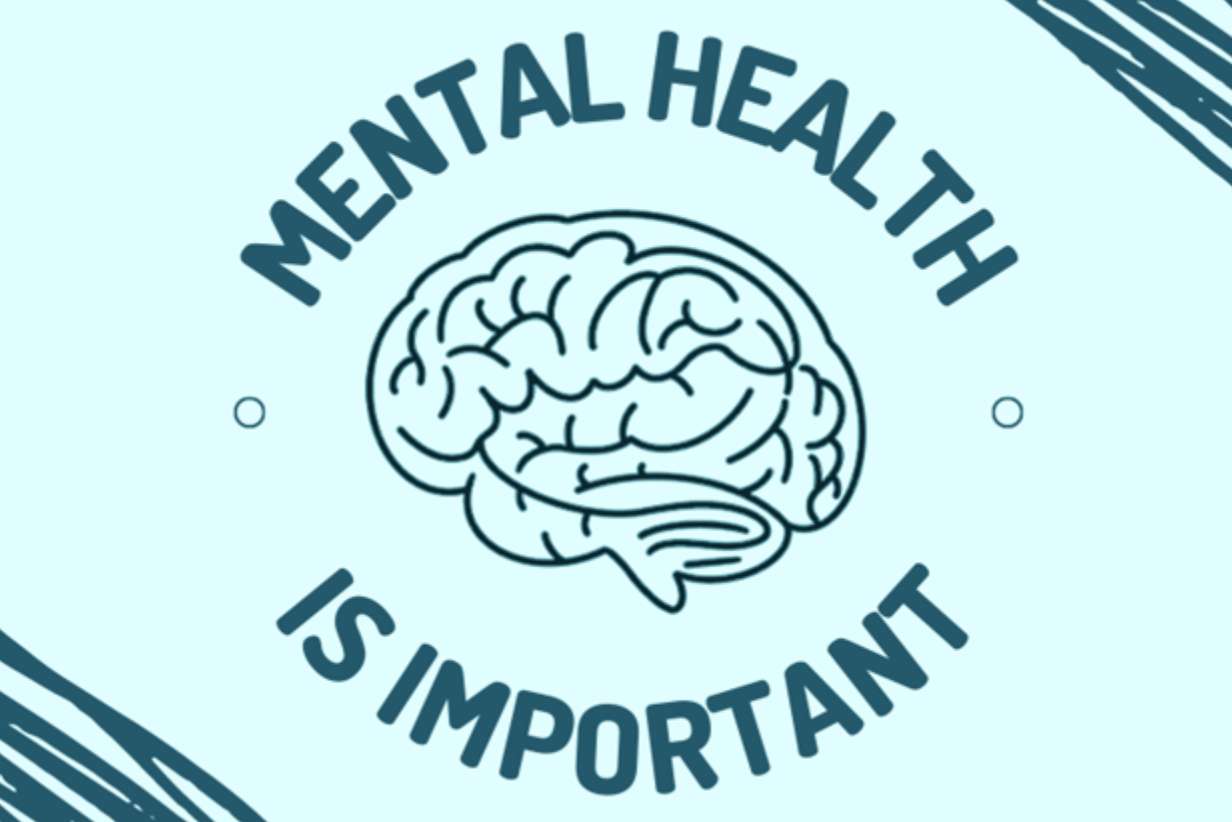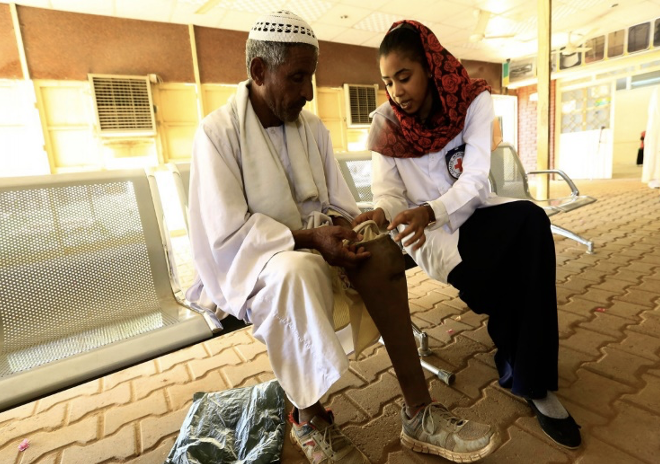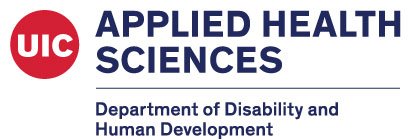By: Z Palafox
The Latino community represents the largest ethnic minority population in the United States. They are also one of the fastest-growing autism populations.1 The prevalence of autism spectrum disorder (ASD) among Latino children increased by 110% from 2002 to 2008, compared to a 70% increase among White children.1 Children that come from minority populations receive worse healthcare access. Latino children are less likely to receive an autism diagnosis, be administered assessments in their native language, receive special education services during their early years, and are less likely to receive evidence-based treatments or be included in intervention research. A needs assessment found that Latino families need more information about autism and helping their child, more formal and informal social support, and more financial support.1
Parents Taking Action (PTA) is a parent-mediated intervention that places parents at the center of their child’s care. The goal of PTA is to enhance caregiver knowledge of autism, develop caregiver advocacy strategies, and improve caregiver efficacy in addressing their child’s social communication skills. PTA also aims to do this all while being cost-effective and culturally responsive.
PTA uses a Community Health Worker Model also known as the Promotora de Salud Model in Spanish. A promotora is a peer leader who is indigenous to the Latino community and speaks Spanish. The promotora receives training to encourage behavioral modifications in a culturally responsive way. Having someone from the same community who speaks the same language can help parent buy-in. The mothers are more likely to trust and be comfortable with someone they can relate to.
A pilot study was conducted with 19 Spanish-speaking mothers of children with autism and the research found that the intervention was feasible to implement and well received by the mothers.1 With the success of the pilot study and the Latino community, PTA is now in the process of being implemented with other ethnic minority groups. The goal of PTA is to serve these ethnic minority groups by educating them and empowering them.
I learned about PTA through LEND last year when we were getting matched with our Research/Leadership Projects. I’m grateful to be a part of LEND and to be exposed to different opportunities to help serve underrepresented and marginalized communities. It is impactful work to be able to educate and equip parents with the tools they might need to support and raise their children with autism. There are numerous health disparities racial and ethnic minorities face so I am proud of the work we are doing at PTA to help decrease these disparities and attain health equity for all.
References
Magaña S, Lopez K, Machalicek W. Parents Taking Action: A Psycho‐Educational Intervention for Latino Parents of Children With Autism Spectrum Disorder. Family process. 2017;56(1):59-74. doi:10.1111/famp.12169
















